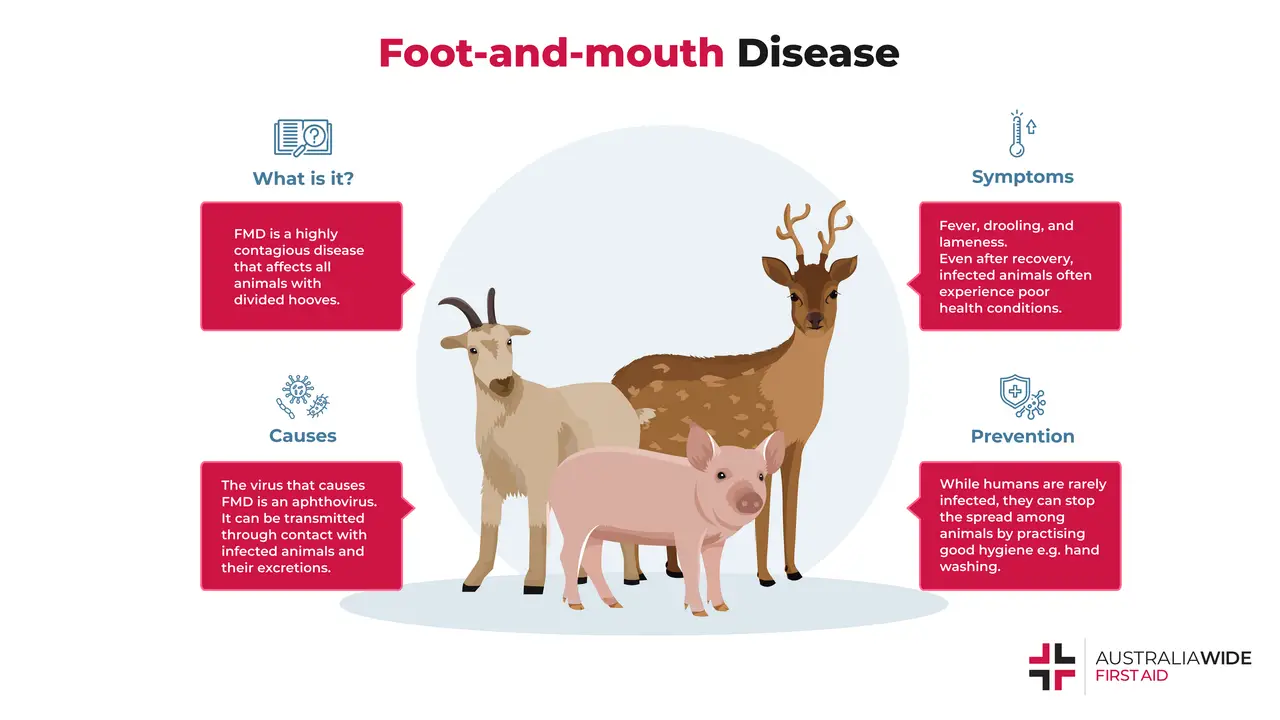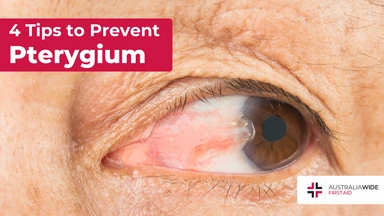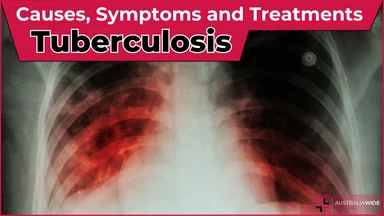What is Foot and Mouth Disease, and Should Humans be Worried?


Foot-and-Mouth Disease (FMD) is an infectious and sometimes fatal disease commonly infecting livestock populations and cloven-hoofed animals.
While Australia has been FMD-free for the past 100 years, the recent outbreak in Indonesia is a cause for concern and may potentially signal a disruption in Australian trade.
Foot-and-Mouth Disease (FMD) is an infectious and contagious disease commonly infecting livestock populations and cloven-hoofed animals such as cattle, sheep, deer, pigs, and goats. The disease has significant economic impact and can cause severe implications to the farming industry costing a potential $80 billion over 10 years.
In Australia FMD has not been detected in the last 100 years due to the rigorous efforts by the Department of Agriculture, Fisheries and Forestry in enforcing biosecurity controls. However, with Indonesia experiencing a severe FMD outbreak, this has caused efforts to ramp up with fears of infection landing on Australian soil.
In this article, we’ll be going through the details of FMD and how this serious disease can impact humans and our livelihoods.
The FMD virus is transmitted via direct contact with infected animals, indirect contact with secretions or excretions from infected animals and even air movement over land or water. It can be carried by live animals, in meat and dairy products, as well as in soil, bones, vehicles and equipment used by these animals. It can also be carried on people’s clothing and footwear.
To add to the virus’s invasive nature, it can enter the host via a myriad of ways through inhalation, ingestion, or through skin wounds and mucous membranes.
The virus that causes FMD is an aphthovirus in the Picornaviridae family. There are seven strains that we currently know of (A, O, C, SAT1, SAT2, SAT3, and Asia1) which are endemic to different countries worldwide. Because of the intricacies of each virus, each strain requires a specific vaccine to provide sufficient immunity.
Symptoms of FMD will depend on the strain of virus, the age and species of animal and the host’s immunity. Generally, FMD affects younger livestock such as calves, lambs, and piglets more severely than adult animals with a morbidity rate of 20% or higher despite many being asymptomatic.
While the disease is rarely fatal, it is the after-effects of FMD that are serious. Affected animals often are left in poor health conditions and may contract secondary bacterial infections that may prolong recovery. This can result in the loss of milk yield, sterility, chronic lameness and chronic heart disease in some cases.
Some common symptoms to look out for include:
The incubation period can last anywhere between 2 – 14 days. The most susceptible animals to this disease are mainly cattle, buffalo, camels, sheep, goats, deer, and pigs. FMD doesn’t affect horses, dogs, or cats, and there is some disagreement on experts about whether humans can contract FMD.
Currently, there is no cure for FMD with only medication prescribed to mitigate the affects and hasten recovery such as antibiotics. Prevention through vaccination programs and good biosecurity practices are the only way in ensuring an FMD-free environment. By always remaining vigilant, it can help curb the spread of the virus.
Here are some key practices in avoiding FMD:
If you’re wondering if humans can get infected with FMD, it is very, very unlikely to happen. While the disease continues to impact livestock in parts of the world, many developed countries have eradicated the diseases such as the United States in 1929, the United Kingdom in 2007 and Japan in 2000.
According to the European Centre of Disease Prevention and Control, FMD is extremely low with infections in humans reported mainly in connection with the consumption of unpasteurised milk, dairy or unprocessed meat products from infected animals. It is also possible for direct contact with infected animals to be connected with the infection (e.g. farmers and veterinarians). However, no person-to-person transmission in humans have been reported. Symptoms are mostly mild with tingling blisters on the hands, feet and mouth, a sore throat and fever. Fortunately, recovery commonly occurs within a week of the last blisters forming.
Experts have also believed that some cases from the past may have been incorrectly diagnosed with Hand, Foot, and Mouth Diseases (HFMD) which mostly occurs in young children below the age of 5. It is a common, mild infection that has little resemblance to FMD and is caused by an entirely different virus with almost no chances of being transmitted to animals.
While contracting FMD is very unlikely, the economic impacts caused by this virus is irreparable and can cause the countries billions of dollars’ worth of losses to curb its spread.
As Australia’s livestock populations have not been exposed to these diseases, they are fully susceptible to FMD and would result in devastating consequences in food production, trade, and tourism.
To learn more about identifying, managing and preventing the symptoms of various health conditions, check out our First Aid Course - you never know when you may need to save a life in an emergency.

May 1, 2025
Pterygium, also known as surfer's eye, is an ocular surface disease characterised by a growth of limbal and conjunctival tissue over the cornea. Fortunately, you can practice many eye health habits to help prevent the development of pterygium and other risks.

April 3, 2025
Tuberculosis is a severe bacterial infection that mainly affects the lungs and other parts of the body, including the nervous system. This contagious disease can quickly spread in crowded areas when an infected person coughs, talks, or sneezes.

February 13, 2025
Melioidosis is a bacterial infection caused by Burkholderia pseudomallei, a microorganism found in soil and water. This infection is often underdiagnosed due to symptoms mimicking many other illnesses. As such, awareness is critical for those living or working in affected regions.